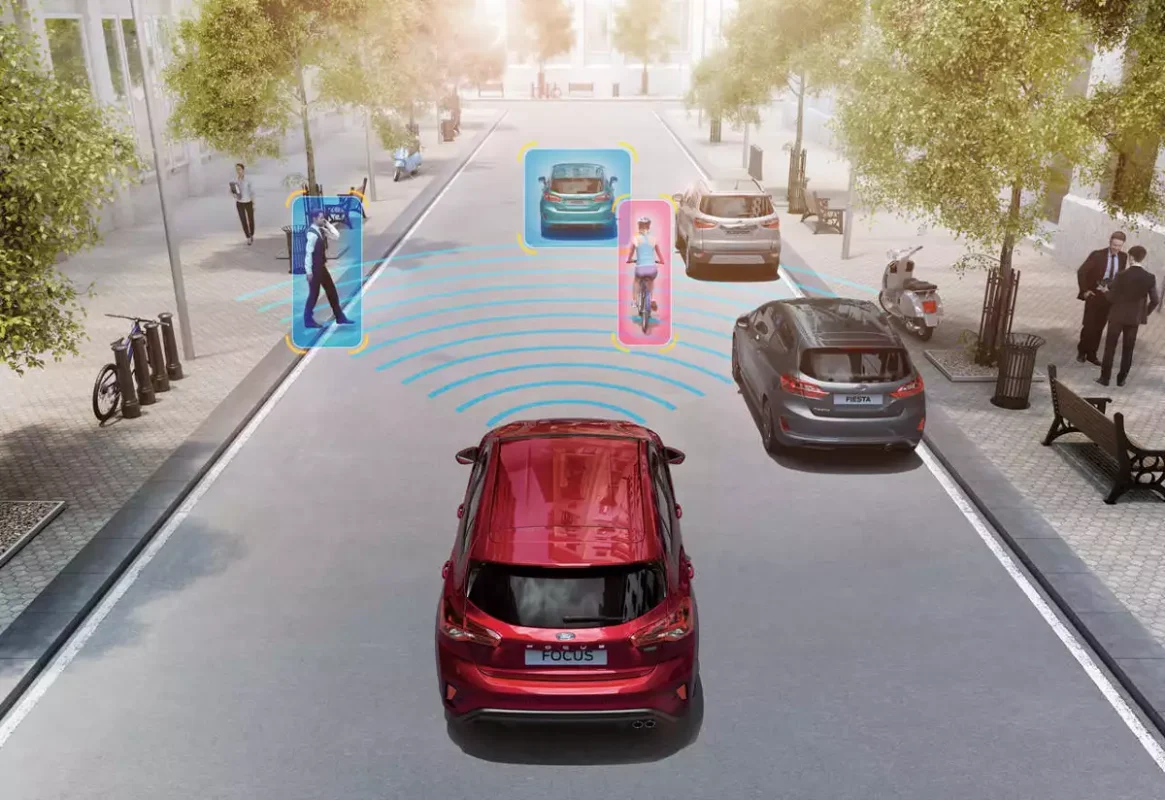The National Highway Traffic Safety Administration (NHTSA) announced a significant safety rule requiring all vehicles sold in 2029 and beyond to be equipped with AEB (Automatic Emergency Braking) systems. The agency stated that this new rule is expected to save hundreds of lives and prevent thousands of injuries each year.

The AEB system uses sensors and software to detect the risk of an accident ahead and automatically applies the brakes before the driver can take action. These systems have proven effective in reducing collision risks, especially those involving pedestrians and cyclists.
Advertisement
NHTSA estimates that this new rule will save 360 lives and prevent 24,000 injuries each year, equivalent to saving one life daily and preventing 10 injuries every hour.
“This rule is an important step toward safer roads,” said NHTSA Administrator Steven Cliff. “Autonomous emergency braking is a proven technology that we are committed to making available to all Americans.”
Last year, 20 automakers met NHTSA’s commitment to equip over 95% of the vehicles they produce in the United States with automatic emergency braking.


The new standards will require AEB (Automatic Emergency Braking) to function over a broader range of speeds and conditions. The system must be capable of avoiding collisions with stationary or slow-moving vehicles at 100 km/h and detecting and avoiding collisions with pedestrians at 72 km/h.
The standard also includes specific requirements for system performance, such as detection range and reaction time, to ensure that all AEB (Automatic Emergency Braking) systems offer more reliable protection.
AEB (Automatic Emergency Braking) systems are just one of several new technologies that can help make roads safer. NHTSA is also investigating other technologies, such as lane departure warning and automatic emergency steering, that may further reduce crashes.
